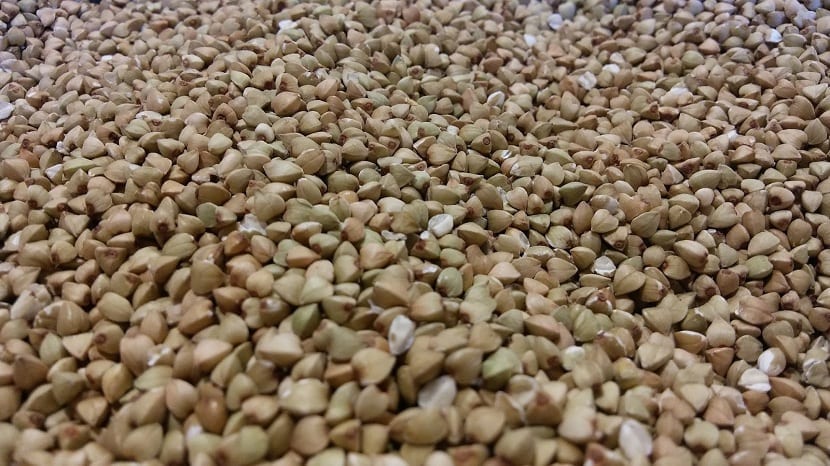
Today we are going to talk about a kind of buckwheat called buckwheat. Its scientific name is Fagopyrum esculentum Moench. It is also known by other common names such as black wheat, Turkish wheat, Moorish, Arabic or Moorish. It comes from the Chinese region of Manchuria and is used for food. In this article we are going to delve into the characteristics of buckwheat and everything related to its use and cultivation.
Do you want to learn more about it? Read on and find out everything 🙂
Key features
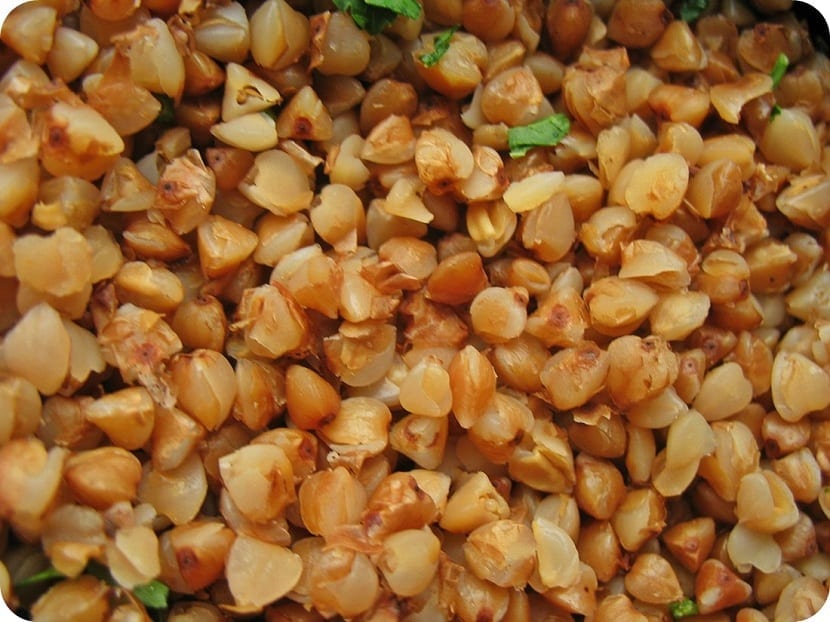
It is a fairly robust herbaceous plant able to grow up to 70 centimeters. We can find some specimens that measure only 20 centimeters, although it seems that their growth is related to height since specimens of up to one meter have been found in higher areas.
The roots branch out from a larger one and the secondary ones are in charge of spreading to be able to capture all the possible nutrients. The stem is quite firm and knotty green in color similar to that of asparagus (link). Its leaves grow alternately and are quite large. Some have leafy leaves and others a petiole that attaches to the stem. For those who do not know, a profiled leaf is one that is born from the stem and surrounds it as they grow.
The stems end in an inflorescence and form clusters and clusters of flowers. The pollination of this type of flowers is carried out by bees and, like the caigua they are monoecious. One of the characteristics that buckwheat has is that of attract large numbers of pollinating insects to an area when they are in the flowering stage. This stage occurs in the months of July and September in the northern hemisphere, which is when temperatures are highest.
Buckwheat flowers are white or pink in color and are composed of a corolla and a calyx with 5 petals and another 5 sepals.
A wheat that is not cereal
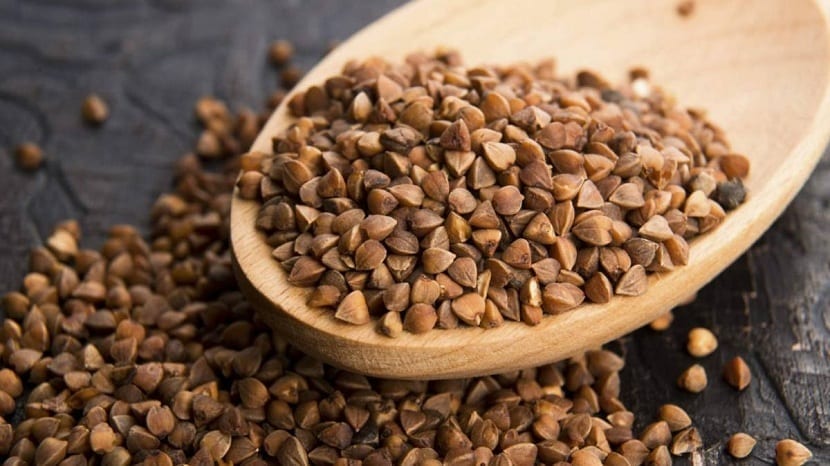
Although it is commonly called buckwheat it is not a type of cereal, but it is an achene dried fruit. It has three edges and is used in the kitchen to prepare some exquisite dishes. To recognize a buckwheat is easy, since it has a very characteristic triangular shape.
The rind is composed of a cuticle that is inedible (as in most nut shells) and is usually brownish to black in color. It is rare to see buckwheat marketed with shells. To sell it at a better price and to observe the quality of the product, they usually remove the cuticle.
It is easy to confuse a buckwheat seed with a beech tree. The most notable difference is that the beech tree is much larger in size. Due to this enormous resemblance, in some areas it is also known as wheat-beech.
Earlier I mentioned that buckwheat is not a cereal. This is mainly because cereals belong to the grass family, while this belongs to the polygonaceae. Although all the signs seem to indicate that it is a cereal, it is not at all. It is considered a pseudocereal since it has a high starch content. In food, it is used very similarly to flour and grain.
Nutritional value
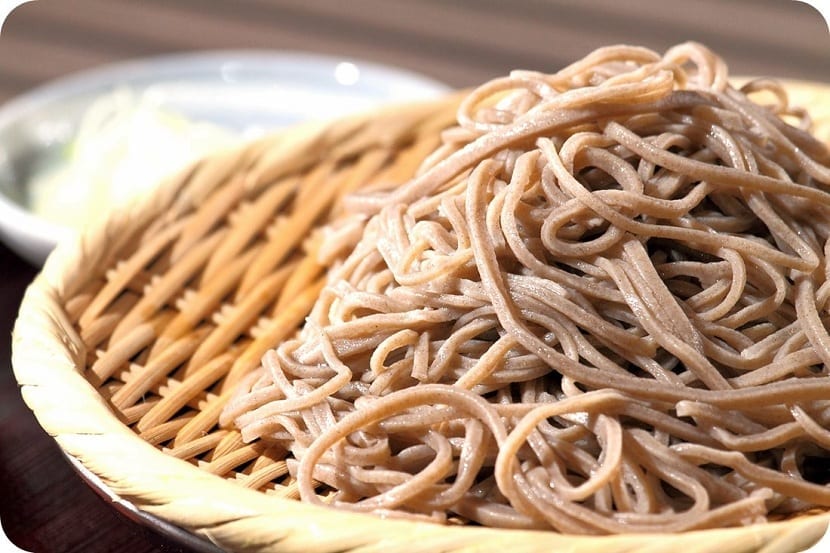
It is important to know the food that we are going to consume. To do this, we are going to analyze step by step all the content you have. The main macronutrient it has is carbohydrate. It is composed mostly of carbohydrates in the form of starch (concentration close to 70%). Thanks to its high starch content, it can be used for the formation of some pasta such as Japanese soba noodles and as a thickener like flour or cornstarch.
The sugar it contains is called phagomin. This is a type of molecule whose function is to regulate hunger and the desire to eat. If we eat buckwheat, we will feel satiated for longer and we will avoid falling into temptations such as sweets or industrial pastries.
After the high carbohydrate content, its second main component is vegetable protein. The most important amino acids it has is lysine and methionine. These amino acids are in small concentration in legumes, so buckwheat is essential to be able to replace them. It is perfect to combine with legumes and other cereals by increasing the biological value of their proteins.
The great advantage for a part of the affected population is that it is gluten free. This is great news for celiacs. With buckwheat you can make breads and other recipes for celiacs in a natural and quite nutritious way.
Unlike many other nuts, the fat content is very low. For every 100 grams of product, we are eating only 3,40 grams of fat. In addition, the fat it has is unsaturated, so it is quite healthy for people who have vascular and cholesterol problems. Unlike almonds or walnuts, it has hardly any fat.
Buckwheat micronutrients
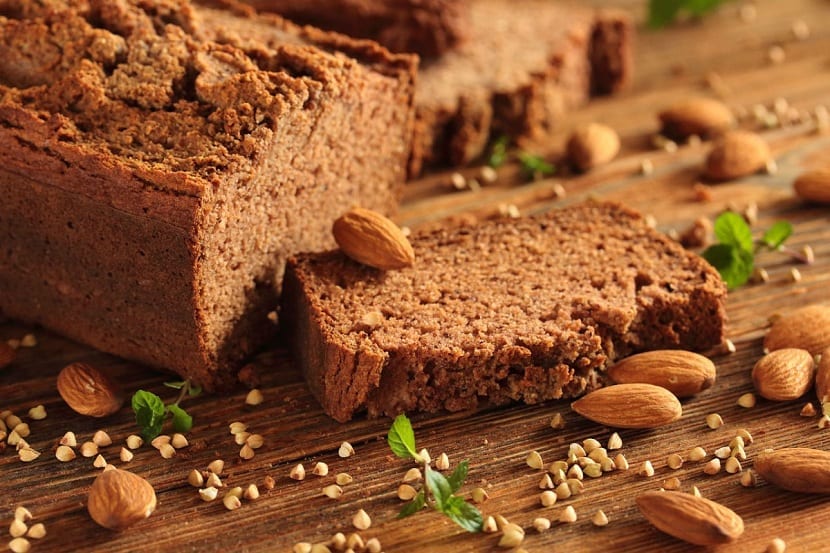
An essential micronutrient in buckwheat is fiber. Ideal for all people who need to regulate their intestinal transit and who have problems with stomach pain or blockages in the bathroom. Its soluble fiber content is comparable to that of many other cereals. If we boil this grain we will obtain a more gelatinous structure.
As for vitamins, we have a high content of niacin, folic acid and pantothenic. it also has some concentrations, although lower, of some vitamins present in high-carbohydrate compounds such as thiamine and riboflavin.
Finally, we have quite a mineral content rich with zinc, magnesium and potassium. It is low in sodium, so it is good for diets low in sodium as well as having diuretic properties.
I hope you liked the post about buckwheat and all the information you have learned about it.